Future Treasures: The Stars Now Unclaimed by Drew Williams
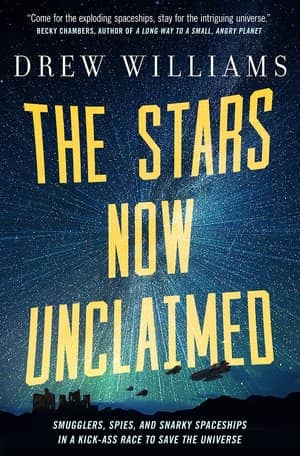 Drew Williams’s fiction debut The Stars Now Unclaimed sounds like just what I’m looking for in my late-summer reading: a colorful far-future space opera. Here’s a snippet from the Publisher’s Weekly capsule review:
Drew Williams’s fiction debut The Stars Now Unclaimed sounds like just what I’m looking for in my late-summer reading: a colorful far-future space opera. Here’s a snippet from the Publisher’s Weekly capsule review:
Williams’s sarcastic, trope-filled debut is a science fiction adventure that never takes itself too seriously. Jane is a human member of the Justified sect who’s trying to make up for what she views as the worst thing she’s ever done. A few generations ago, the universe was hit by the pulse, a weapon that destroyed all other weaponry. It got out of control and set planets back technologically, leaving some without even electricity. Jane’s sect was the one that released it, with her help. Now she’s trying to right her wrongs by traveling to different planets to find kids who have gained powers because of the pulse… it’s an enjoyable ride full of dry humor and thrilling action scenes.
Here’s the publisher’s description.
Jane Kamali is an agent for the Justified. Her mission: to recruit children with miraculous gifts in the hope that they might prevent the Pulse from once again sending countless worlds back to the dark ages.
Hot on her trail is the Pax — a collection of fascist zealots who believe they are the rightful rulers of the galaxy and who remain untouched by the Pulse.
Now Jane, a handful of comrades from her past, and a telekinetic girl called Esa must fight their way through a galaxy full of dangerous conflicts, remnants of ancient technology, and other hidden dangers.
And that’s just the beginning…
The Stars Now Unclaimed is the opening volume in the Universe After series. Read Chapter One at Tor.com.
The Stars Now Unclaimed will be published by Tor Books on August 21, 2018. It is 448 pages, priced at $24.99 for the hardcover and $11.99 for the digital edition. See all our coverage of the best upcoming SF and Fantasy here.

 The only film I planned to see on Wednesday, July 18 was called Cam. Directed by Daniel Goldhaber from a script written by Isa Mazzei, it tells the story of a woman named Alice (Madeline Brewer, of The Handmaid’s Tale and Orange is the New Black) who works as an erotic webcam performer under the name of Lola — until she finds her account stolen by parties unknown. As Alice investigates she finds it’s more than just her financial information or identity that’s been stolen; someone who looks and sounds exactly like her is performing as Lola in her place, and this Lola is breaking all the rules Alice established for herself as a performer. Alice investigates and tries to regain control of her life, driving the story toward a brutal conclusion.
The only film I planned to see on Wednesday, July 18 was called Cam. Directed by Daniel Goldhaber from a script written by Isa Mazzei, it tells the story of a woman named Alice (Madeline Brewer, of The Handmaid’s Tale and Orange is the New Black) who works as an erotic webcam performer under the name of Lola — until she finds her account stolen by parties unknown. As Alice investigates she finds it’s more than just her financial information or identity that’s been stolen; someone who looks and sounds exactly like her is performing as Lola in her place, and this Lola is breaking all the rules Alice established for herself as a performer. Alice investigates and tries to regain control of her life, driving the story toward a brutal conclusion.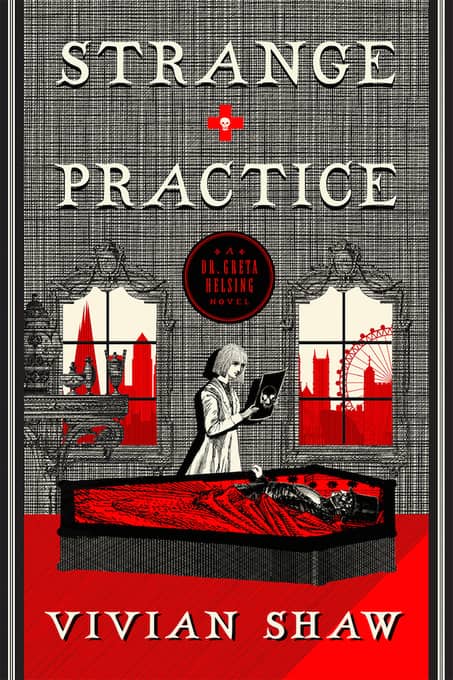
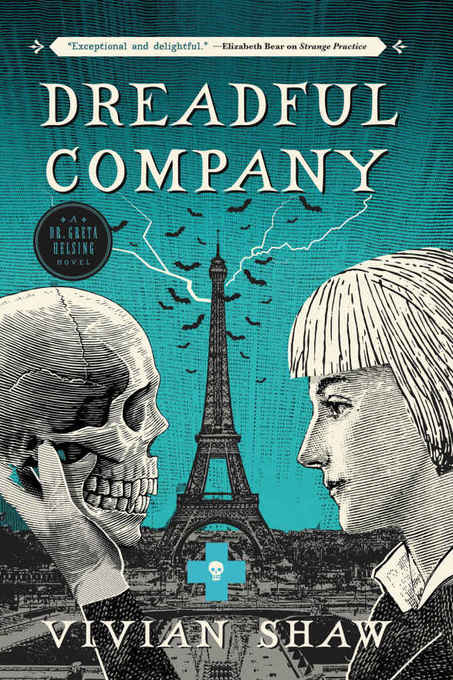
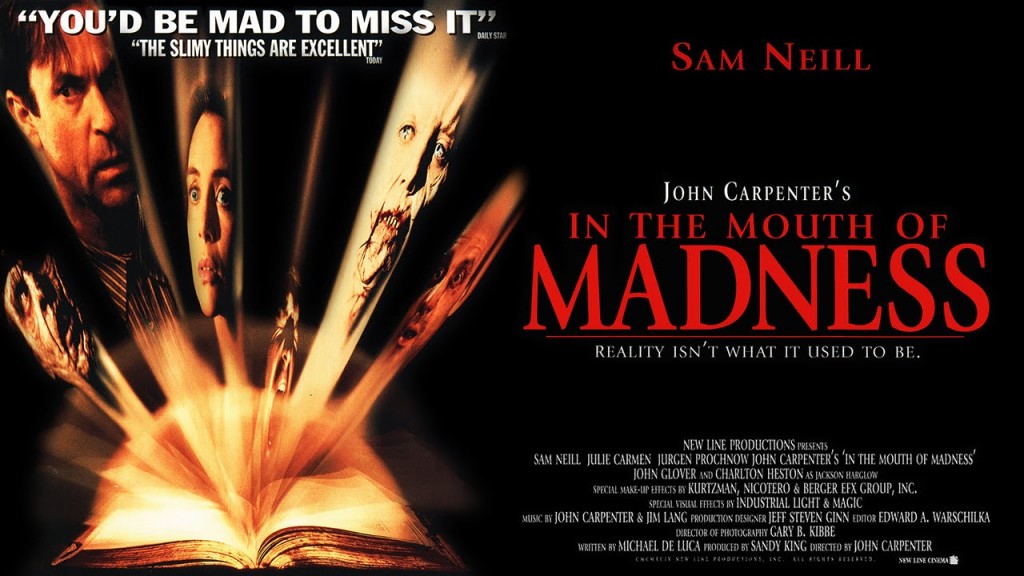
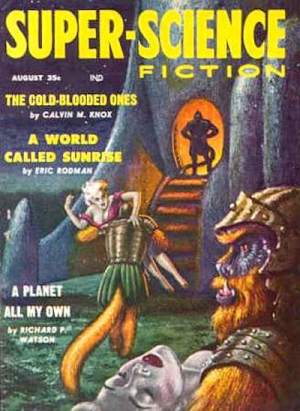
 I had one film on my schedule for Tuesday, July 17. It was a Japanese movie called Room Laundering, which looked like an odd fusion of comedy and horror. I wasn’t too sure what to make of it from the program description, but sometimes it’s the films that don’t lend themselves to easy description that’re the most rewarding. And so here.
I had one film on my schedule for Tuesday, July 17. It was a Japanese movie called Room Laundering, which looked like an odd fusion of comedy and horror. I wasn’t too sure what to make of it from the program description, but sometimes it’s the films that don’t lend themselves to easy description that’re the most rewarding. And so here.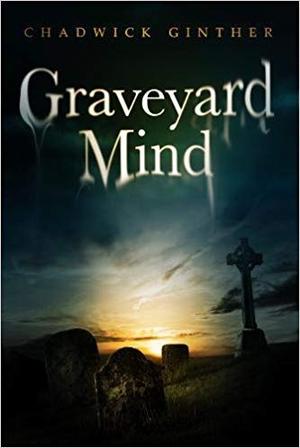
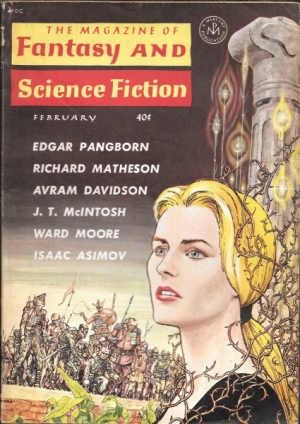
 Monday July 16 was an odd day, beginning with the neorealist neo-noir
Monday July 16 was an odd day, beginning with the neorealist neo-noir